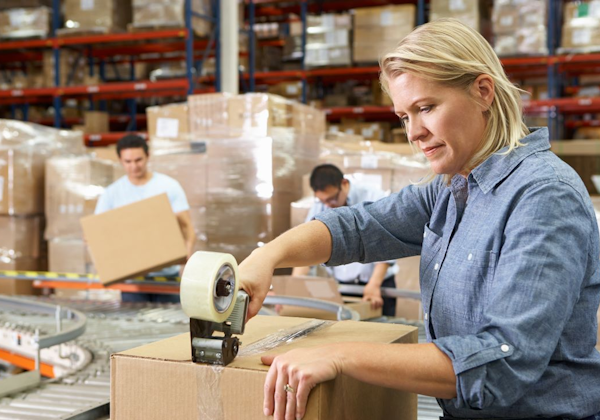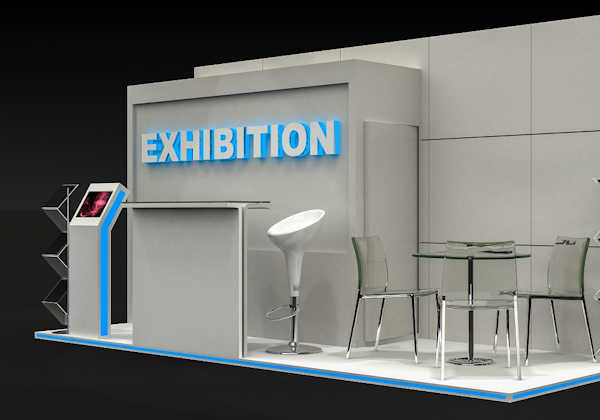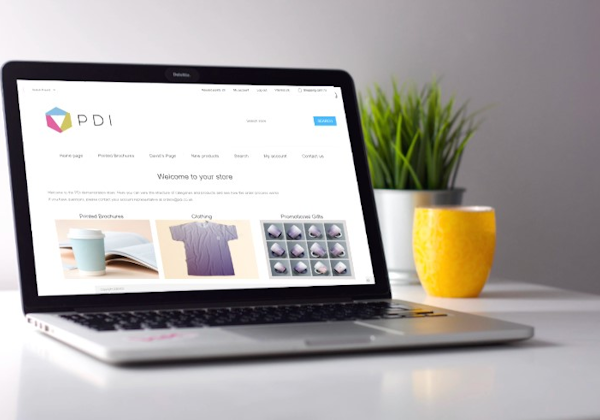
How We Make Things Happen For You

Pick and Pack; Kitting and Assembly
Printed marketing collateral - promotional merchandise
Simple pick and pack from stock. Complex kitting and assembly of packs to bespoke boxes. Complex distributions from a handful to many hundreds
- Welcome Pack
- New Starter kits
- Thank you boxes
Exhibitions
Exhibition support means more than delivering to the exhibition. We can deliver and collect from the exhibition, banners and collateral for re-use
- Delivery to site
- Collections
- Management of exhibition calendar


Store Front Catalogue
You will have a branded store front which will enable you and your team members to place orders on-line, see stock levels and organise exhibition collections all from your own branded store front.
- Multi-user accounts
- Branded store front
- Track + trace orders
Branded Merchandise
Let us be your guide to the complex world of promotional goods. Together, we can work to create and procure exceptional value products
- Save cost
- Brand consistency
- International partners


Storage
Our stock maintenance system work with international partners across the globe to provide multiple location storage linked by a common system
- All types of merchandise stored
- Pick and Pack service when you need it
- Multiple location storage centres
Delivery…
We’ll pack, check and ship your promotional items directly to your customer, wherever that may be in the world. This could be in bulk to the exhibition or to individual addresses to give that special 'thank you'
- Full track and trace
- Global deliveries
- Delivered exactly when you need it

